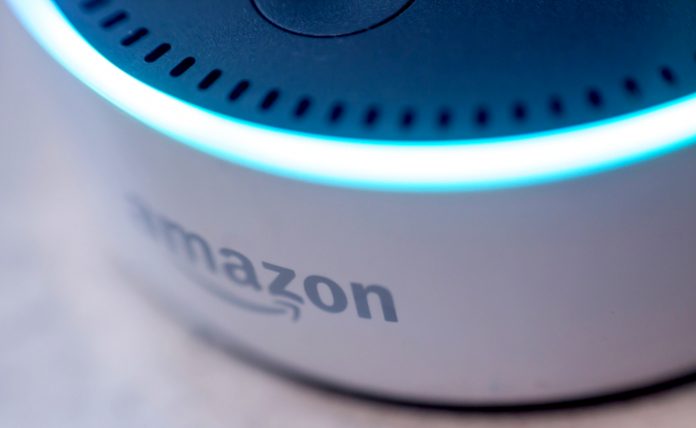Soon, your Alexa voice command system may be able to come to you.
Bloomberg reports today on the development of a wheeled Alexa robot that may be in the market by next year.
Reports show that in the secret Amazon Lab126 in Sunnyvale, Ca, researchers are hard at work building plans for a “robot butler” to finally bring us into the Jetsons age.
This waist-high electronic friend would be equipped with all for the expected sensors and gear to help it to navigate the physical space inside of your home, to identify and avoid walls and other obstacles.
With a working name of “Vesta,” this Alexa robot seems promising to some, though others note the vagueness of provided use cases.
“The reported inclusion of wheels, voice summoning, and computer vision would seem to indicate the Vesta can follow you around, acting as a sort of mobile Echo device for rooms where you don’t have an Echo nearby,” writes Victoria Song in Gizmodo. “Not saying that’d be dumb—but it’s also sort of pointless to shell out hundreds of dollars if what you’re getting is basically the equivalent of sticking an Echo speaker on a Roomba. It may not be elegant, but most people could do that themselves with a healthy amount of duct tape.”
Other home robots, as Song points out, have been introduced with more specific utilities. The reality seems to be that even though the consumer world hungers for some sort of roving home robot, a more sophisticated demand is for a robot that provides some specific executive function.
Darrell Etherington, at TechCrunch, is more enumerative of the functions of Vesta:
“It’ll come when you call thanks to the Alexa integration, per an internal demo described by Bloomberg, and should ostensibly offer all the same kind of functionality you’d get with an Echo device, including calling, timers and music playback,” Etherington writes, delineating a small but critical difference from what you would get just by connecting a regular Alexa to a Roomba.
Being able to “come when you call” is one of the more basic but introductive features of an increasingly “sentient” robot – and that’s the kind of innovation we should look for in each successive year.










